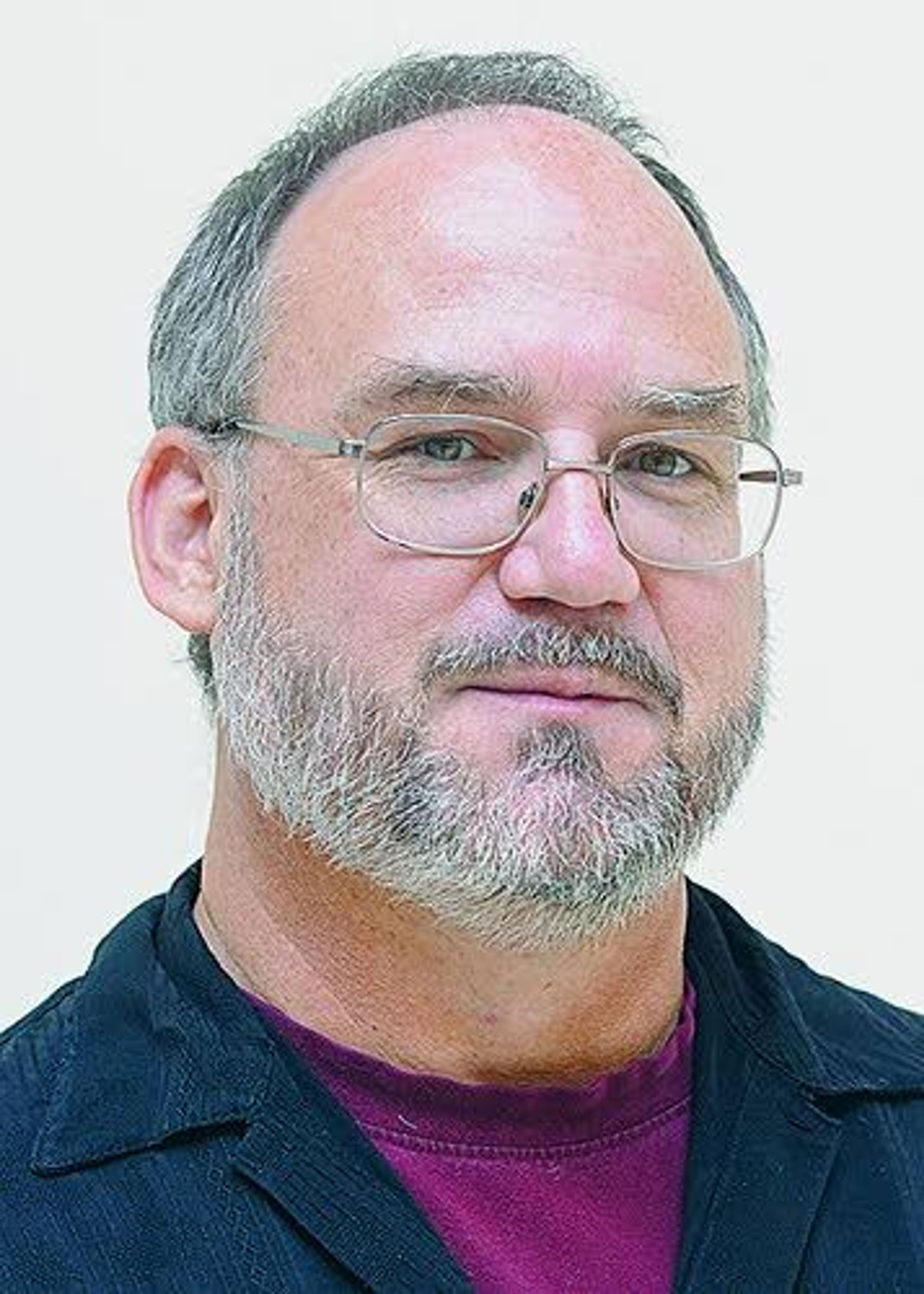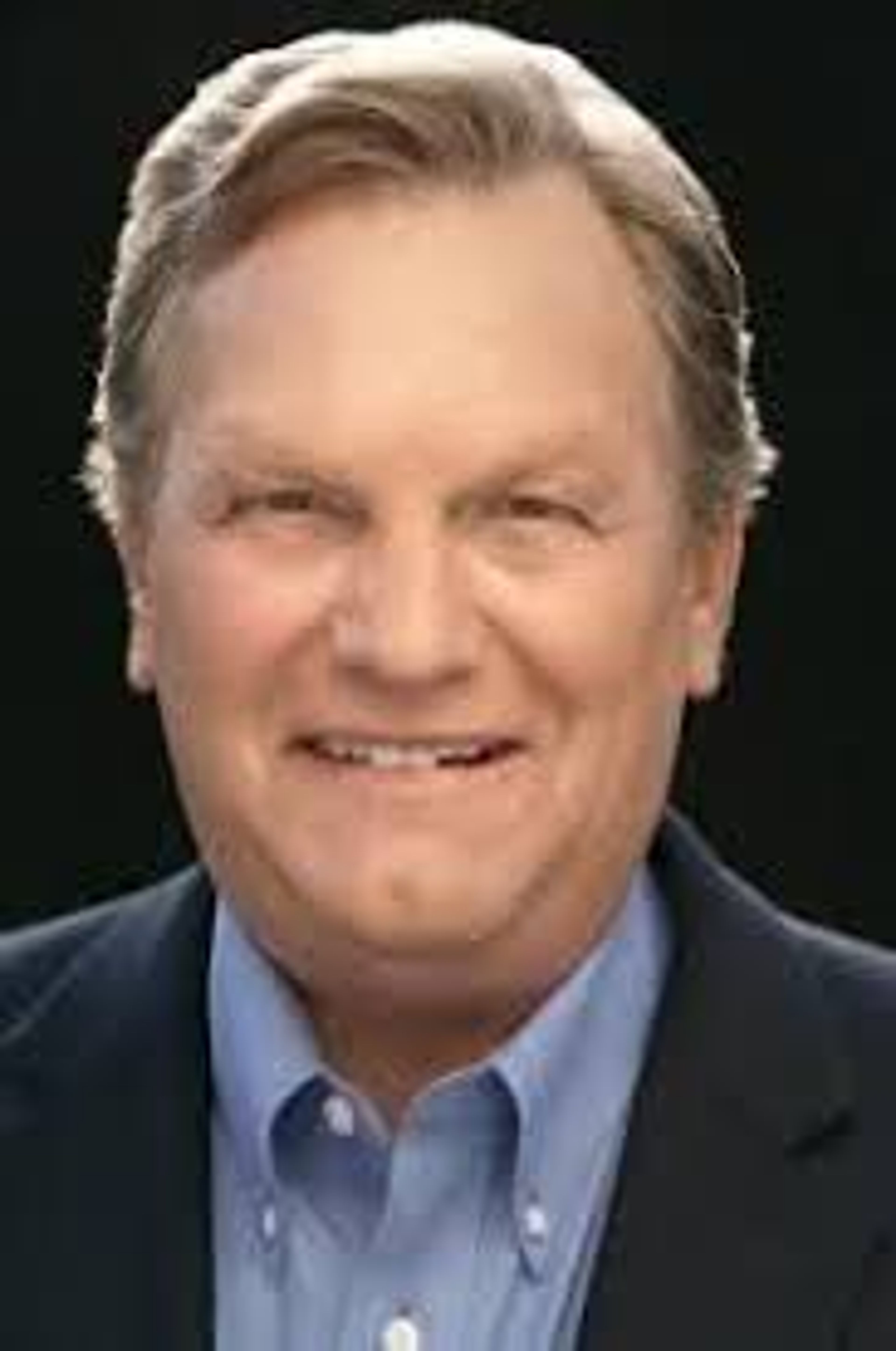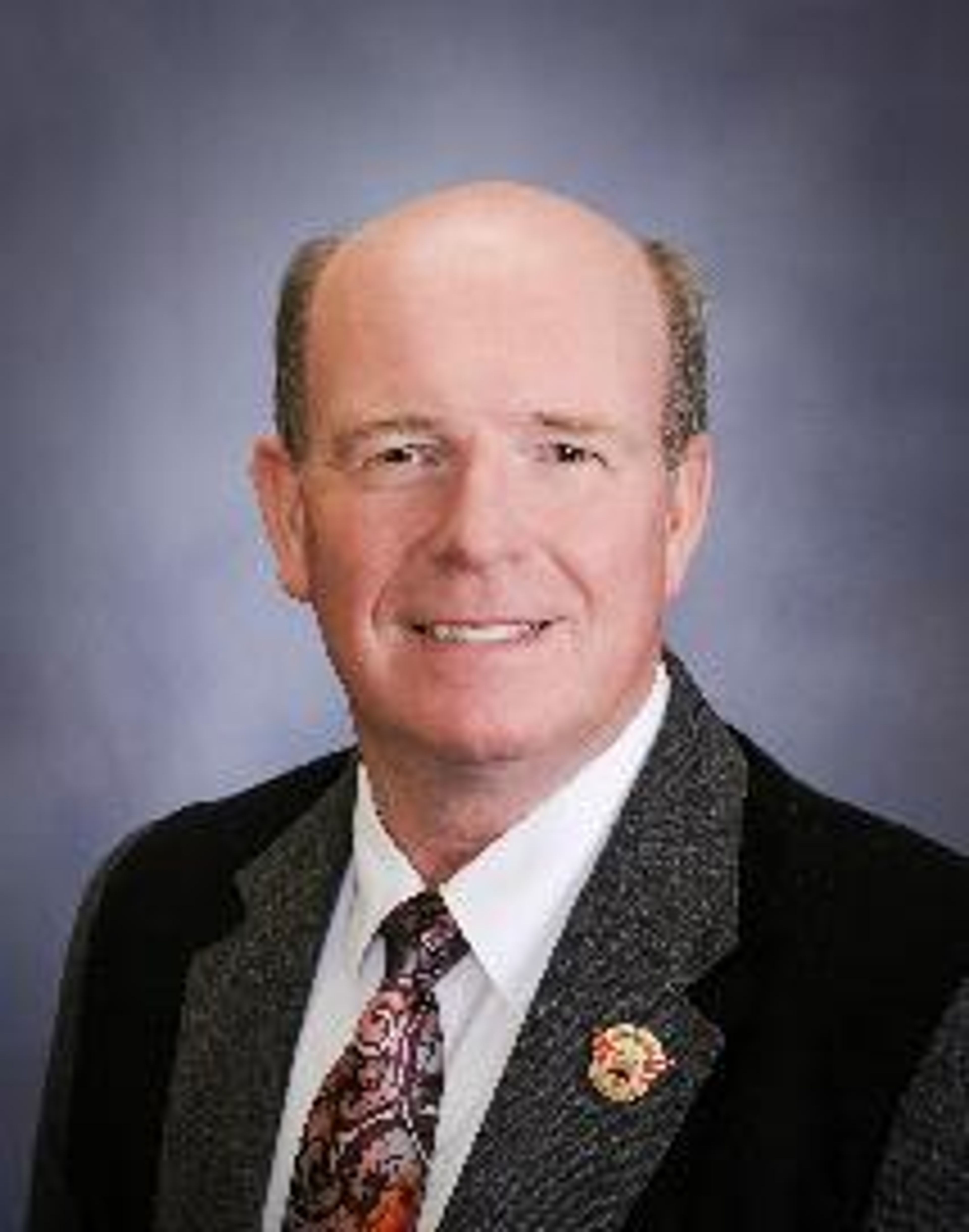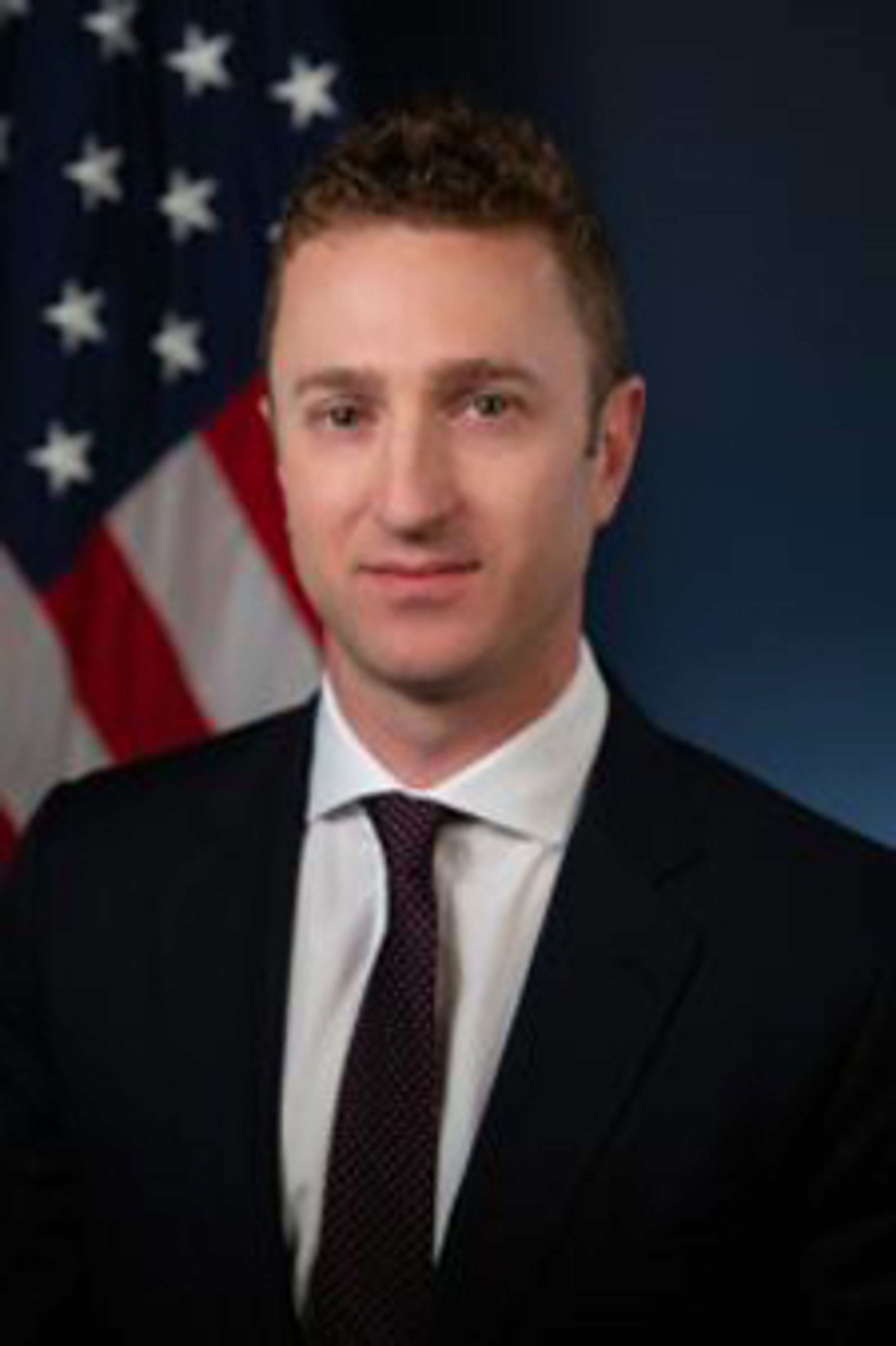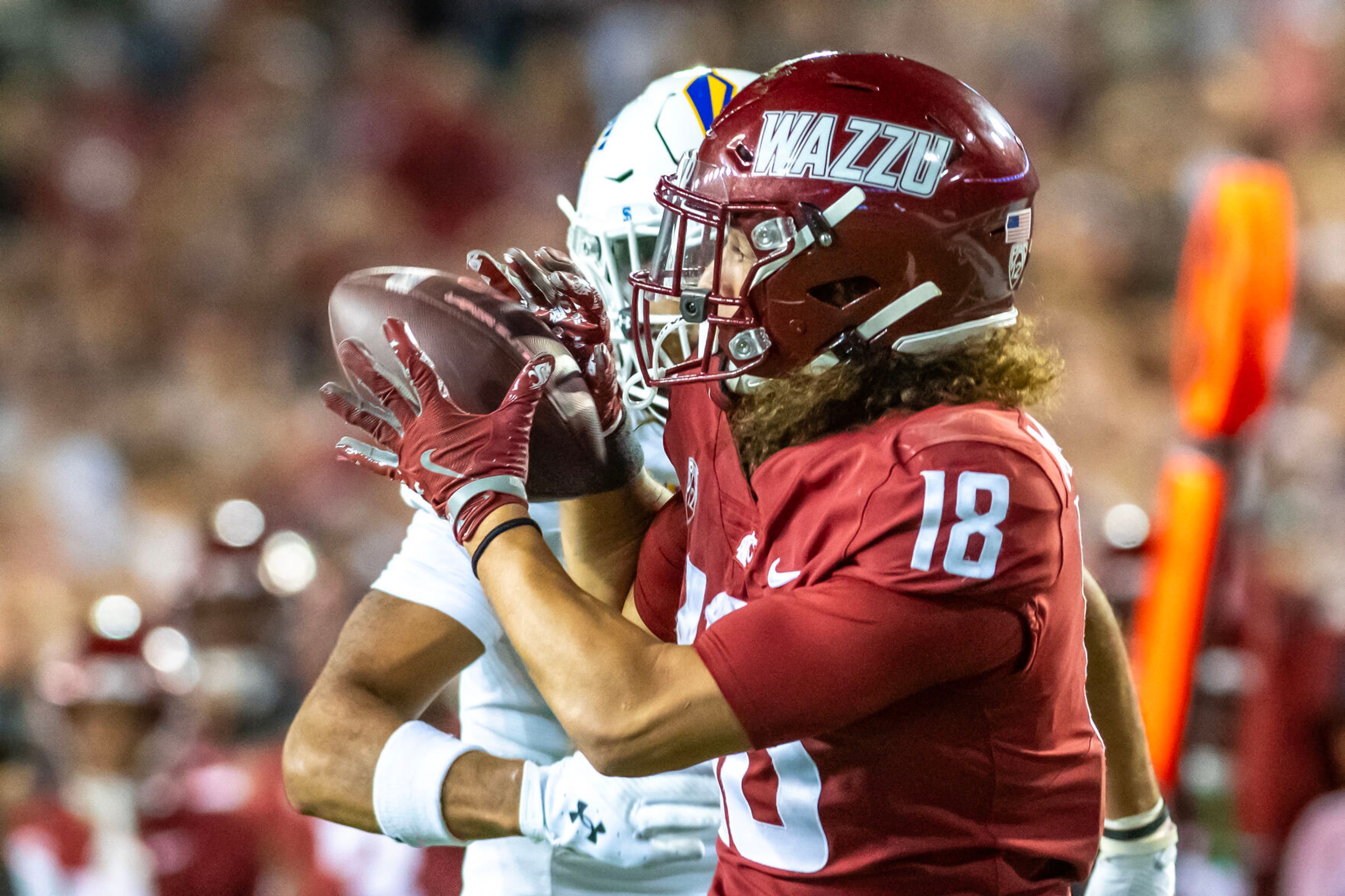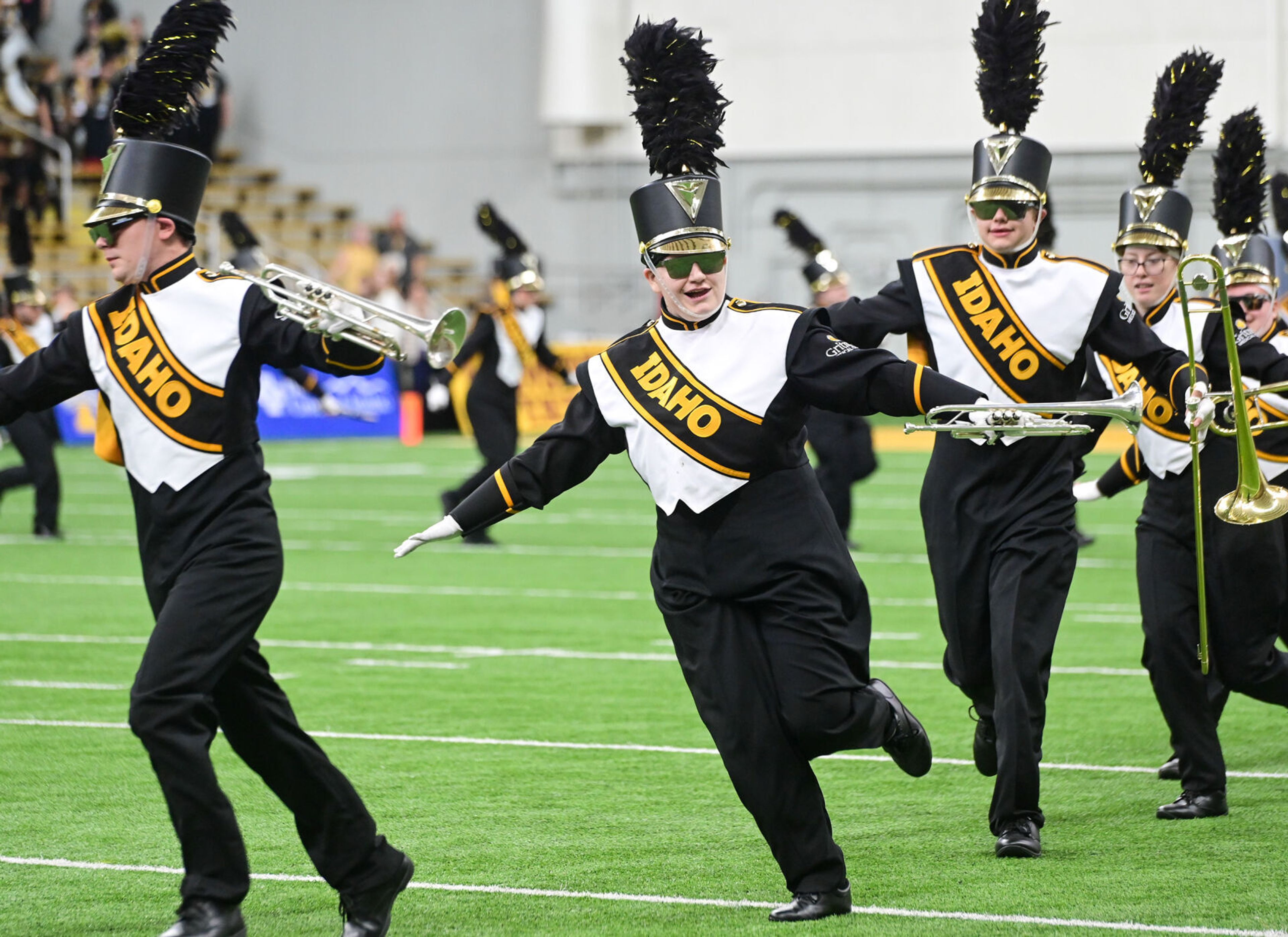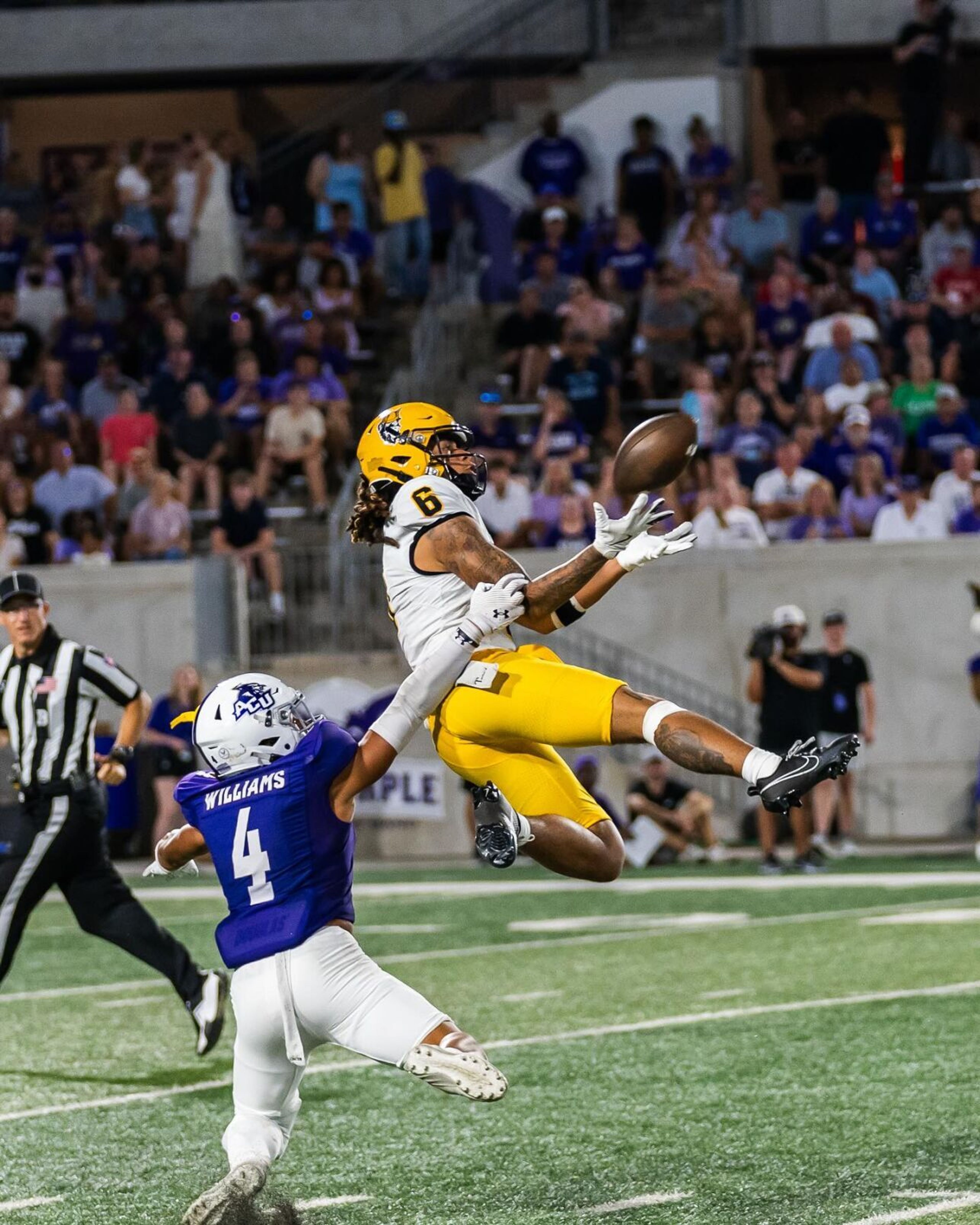NEARBY HISTORY: Before the Pac-12, there was the Northwest Conference
As is well known, Washington State University’s primary athletic conference affiliation, the Pac-12, has effectively dissolved, leaving only Oregon State and WSU as active members.
In the past, WSU has gone through two other conference dissolutions, and we thought we’d take a look at each of those in turn.
Before athletic conferences, teams were pretty much responsible for policing their own students. This occasionally led to charges of unfair practices on the part of a given school; one dramatic example occurred on May 19, 1902, when, at a University of Oregon/University of Washington meet in Seattle. UW had two brothers, Joe and Robert Pearson, competing for them; each had previously run professionally under assumed names. Oregon protested, initially refusing to participate. When informed the school’s traveling expenses would then not be recompensed, they had their athletes literally walk through every event. While UW faculty later banned the brothers from further athletics, the event put a black eye on northwest sports.
Spurred by that and other incidents, delegates from eight northwest colleges met in the director’s room at the Spokane Athletic Club on October 11, 1902. Present were the Universities of Montana, Idaho, and Washington; Montana, Washington and Oregon Agricultural Colleges (later State Universities); and Pacific and Whitman. While the University of Oregon was not present at the initial discussions, they joined the resulting conference in December of that year, and Pacific ultimately changed their minds and did not join, resulting an eight-team conference: the Northwest Intercollegiate Athletic Association, soon popularly referred to as the Northwest Conference.
For conference members, only bona fide students who were “true amateurs” would be eligible to play; a board would be established to settle any accusations of “professionalism.” The summarized rules for students: to participate in athletics, you must be currently enrolled, carrying at least 12 hours. If you fail a course, you’re ineligible until you make it up. If you attend only half a year or less, you’re not eligible until you’re attended at least another half a year. If you switch schools, you’re ineligible for a year. You have to be enrolled by Oct. 15 or Feb. 15 to participate that half-year (most school years ran from late September to early June).
In addition to settling questions of eligibility, the conference also announced its intent to set scheduling among the teams, but over the full lifetime of the conference, this never came to pass. Teams were always responsible for setting their own schedules in each sport, and there were no requirements for the teams even to play one another. The only scheduled event was an annual regional track-and-field meet.
The conference was perhaps a moderate success, though flawed. UO and UW both left at points when negatively impacted by their membership, but each later returned, and both Montana schools dropped out over the years. In 1905, UW and WSC canceled the cross-state football game when UW wanted to use one professional player. WSC protested the conference would not allow it while UW argued the conference was no longer in effect. With no rules for scheduling, things became unbalanced — for example, from 1904-17, all but one of the UW/WSC football games were played in Seattle, as UW declined to come east. Despite the flaws, however, the conference continued.
On Dec. 3, 1915, at a meeting in Portland, Ore., three conference members, Oregon, Oregon State and Washington, announced they were joining the newly formed Pacific Coast Conference. However, that was not to affect the Northwest Conference, as they said the new conference was solely to set rules for competitions with the California schools. Their plan was to hold dual memberships in both conferences, with an agreement signed that rules for one conference would not apply to games with members of the other conference. This dual membership would remain the case when other schools, including WSC and Idaho, soon also joined the PCC.
Between 1916 and 1923, Montana returned and Willamette, Pacific and Gonzaga also joined the Northwest Conference. However, a feeling of imbalance came to exist in the conference, with smaller schools like Willamette and Pacific feeling overmatched by Oregon or Washington. The large and small schools recognized each other’s concerns, and on Dec. 11-12, 1925, the conference folded amicably. Washington, WSC, Idaho, Gonzaga, Montana, Oregon and OSC all withdrew, allowing Pacific, Willamette and Whitman to form a new conference, now officially named the Northwest Conference, beside Linfield, Puget Sound and the College of Idaho. Five of the six withdrawing schools were already PCC members, leaving only Gonzaga without a conference affiliation.
The PCC would in turn have its own struggles, dissolving in 1959. We’ll return to that in a future column.
O’English is the University Archivist at WSU Libraries’ MASC.




